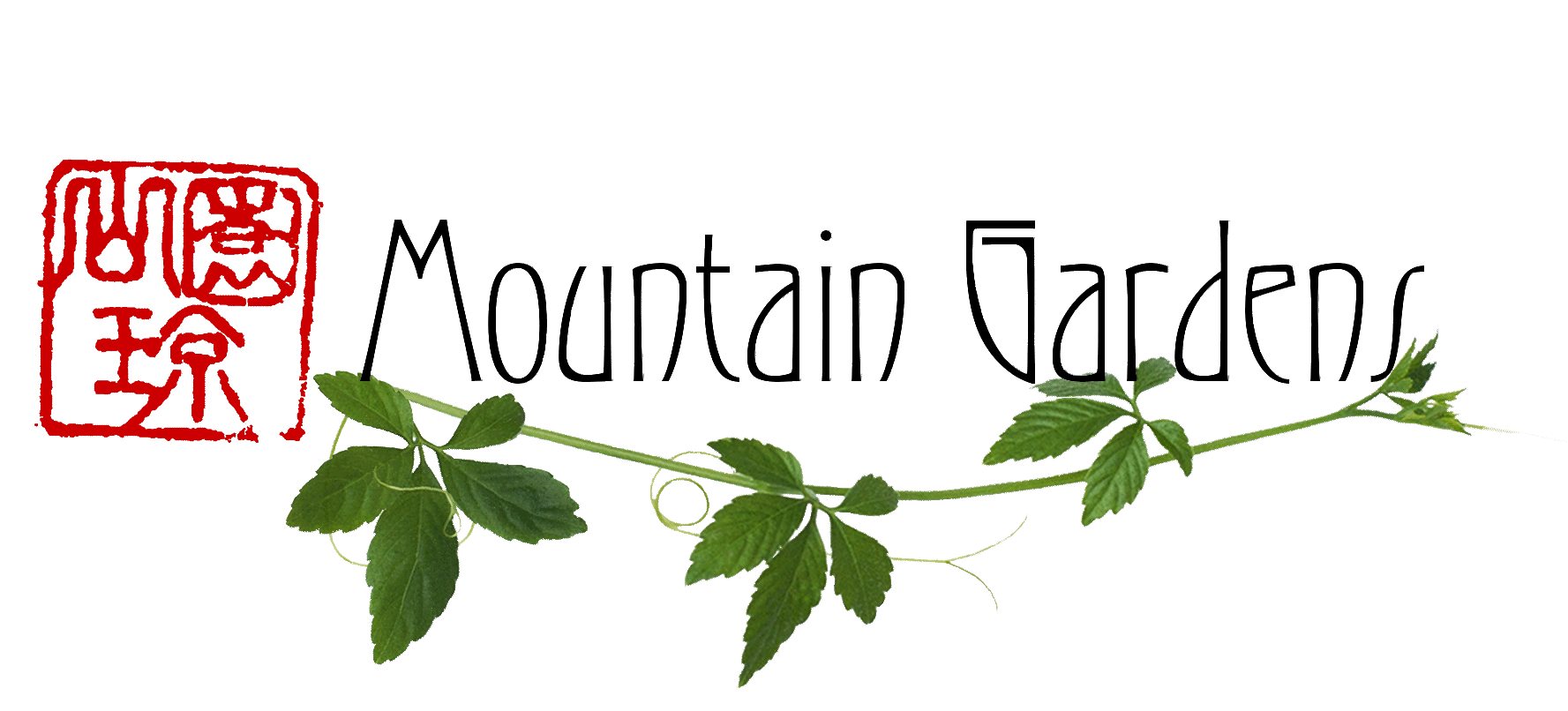iNFORMATION ON Medicinal hERBS
Habitat and Uses for Popular Herbs
Here you'll find information on habitats suitable for select herbs, as well as some information on edibility, medicinal actions, crafts, smokeability, and native wildflowers.
120 Easy-To-Grow Herbs
With description, propagation, cultivation and uses.
Collecting
In addition to the usual pressures of habitat loss or degradation, native medicinal herbs are subject to the threat of over harvesting for market. This threat can be expected to increase due to rising prices (reflecting increasing consumer interest in herbs) and the growing number of people willing and able to make a living by wildcrafting.
It is important that we begin to identify and monitor populations of the most threatened medicinals and develop cultivation as an alternative to wildcrafting.
Grow Your Own
Herbs in the garden: Medicinal plants include every life form (annual, biennial and perennial herbs, deciduous and evergreen trees and shrubs, woody and herbaceous vines, etc.) and components for every garden habitat (annual/vegetable garden, shrub and herbaceous borders, moist and dry woods and woods edges, streamside and wetland, flagstones and path edges, arbor and trellis, meadow and hedgerow, etc).
Herbs in your life: These plants may be used for common complaints (injuries, bites & stings, minor skin problems, colds & flu, cough, digestive upset, etc); for personal chronic/recurrent health problems (constitutional weakness involving the respiratory, reproductive, digestive, circulatory, urinary, nervous, etc. systems); and for prevention (tonic and rejuvenative herbs, adaptogens, immune-system stimulants, etc.)
